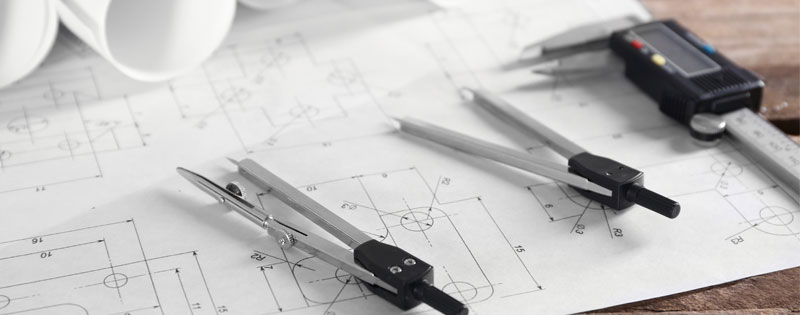
Where are you in the rotational molding design phase?
Wherever you are in the project phase we suggest that you start by contacting our technical team to setup an in person or online meeting to discuss your project and learn more about Rotomolding Design Scenarios.
I have a…
» Idea but no concept sketches or design.
» Sketch but no 2D or 3D model.
» Design which needs to be refined for rotomolding.
» Existing product or design but it needs to be converted from another material to rotationally molded plastic.
Rotomolding Design Scenarios
A. I am just beginning and have an idea but no concept sketches or design.
- Using rotational molding design guidelines, Rotomolding Design Scenarios, our design partners will use their years of technical and artistic experience to bring your ideas to life. The possibilities are virtually limitless with the rotomolding manufacturing process.
- Click here to view Case Study – Military Tool Box
B. I have a sketch but no 2D or 3D model.
- Having a sketch with dimensions is a big step forward in Rotomolding Design Scenarios. Transitioning from a 2D sketch with dimensions to a 3D model is the exciting part. Using the rotomolding design guide (Hyperlink) a designer will create a 3D model using SolidWorks. The 3D model is a critical component of the next stage in the process which is the mold making phase. The rotomolding tool design will be discussed later in that section.
- Click here to view Case Study – Large Scale Artwork
C. I have a design which needs to be refined for the rotomolding process.
- The rotomolding design guide summarizes some of the critical aspects of the rotational molding design requirements. While taking into consideration the form, fit and function of your product, the design will be refined using the features mentioned below.
- Flat vs contoured
- Draft angle
- Wall thickness/ hollow parts
- Structure vs strength
- Design constraints and physical limitations
- Mechanical features
- Mold in graphics and brand visibility
- Click here to view Case Study – Delivery Robot
D. I have an existing product or design that needs to be converted from another material to rotomolded plastic.
- There are many reasons why you may want to convert your product from another material (sheet metal/ fiberglass/ composite/ other plastic) to a durable quality rotomolded plastic.
- Trying to reduce manufacturing costs.
- Looking for a scalable manufacturing process.
- Wanting to include some value added features which are not possible in the existing material.
We will evaluate your needs and provide rotational molding Design and manufacturing solution. This is a process we have become accustomed to. Often converting fiberglass and metal components to robust rotomolded plastic products.
Click here to view Case Study – ADA Planter
Click here to learn more about rotomolding process.
